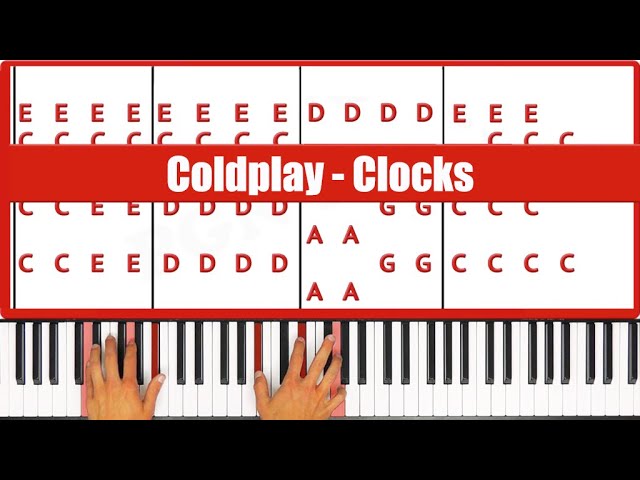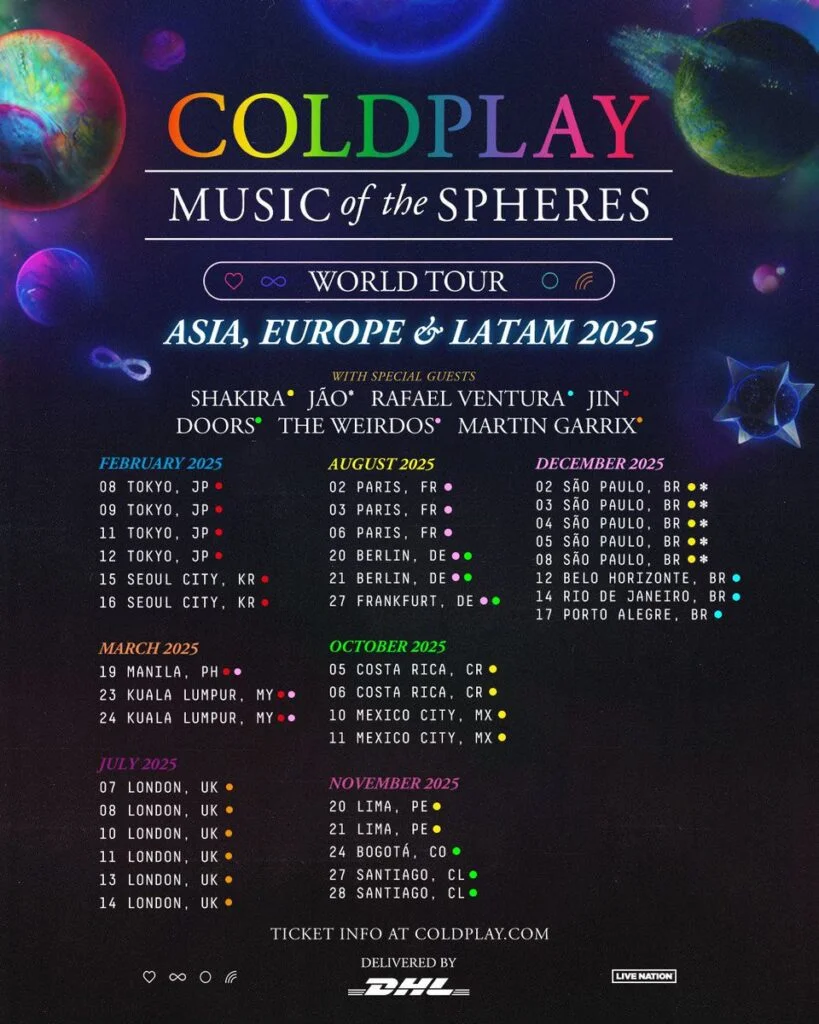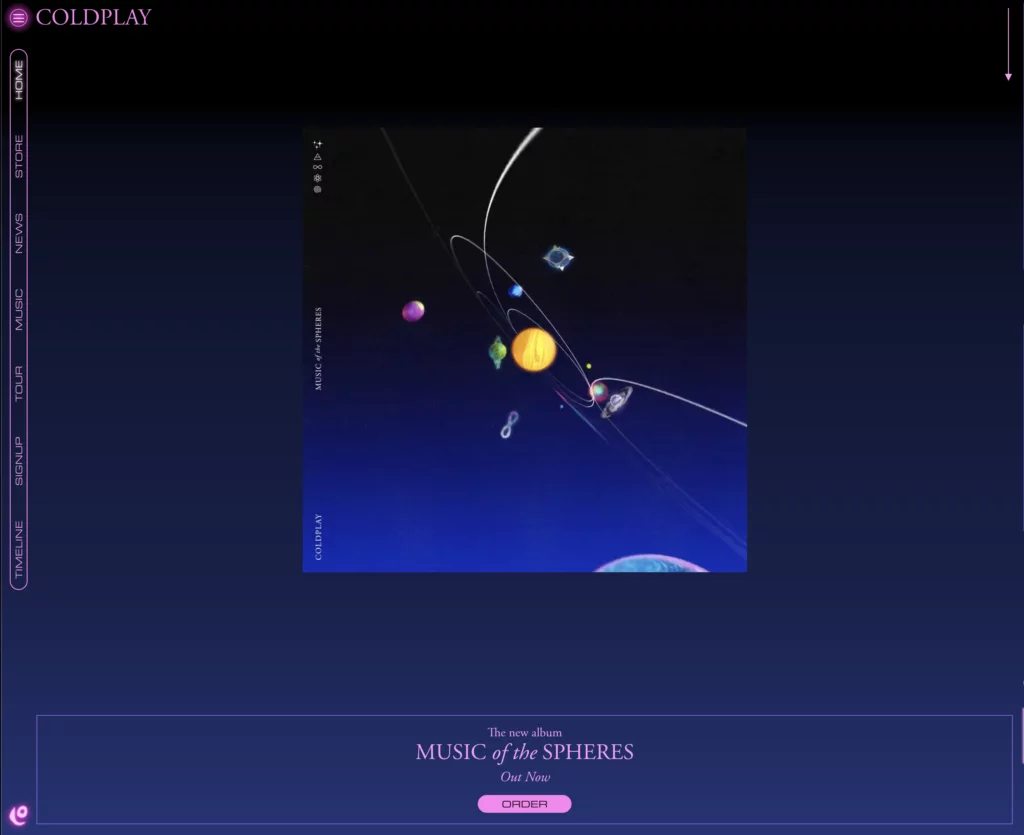Are you a Coldplay fan dreaming of playing their iconic song “Clocks” on the piano like a pro? You’ve come to the right place! In this comprehensive blog, we will delve into the mesmerizing world of Coldplay’s music and guide you on how to play “Clocks” on the piano with finesse and skill. Whether you are a beginner looking to learn a new piece or an experienced player aiming to master a challenging melody, this guide is designed to help you decipher this timeless song’s enchanting melodies and intricate rhythms. Get ready to unlock the secrets behind Coldplay’s “Clocks” and elevate your piano playing to a new level!

Introduction to Coldplay’s Clocks
Coldplay’s “Clocks” is a timeless classic renowned for its vibrant melody and haunting piano riff. Released in 2002, this iconic song has captivated audiences worldwide with its evocative lyrics and powerful instrumental arrangement.
Mastering the Piano Intro
To master the piano intro of “Clocks,” start by familiarizing yourself with the distinctive chord progression. Practice each chord meticulously to ensure precision in your performance.
Playing Techniques
Use a legato playing style to transition between chords smoothly, creating a seamless flow of melodic expression reminiscent of the original recording.
- Experiment with dynamic variations to add depth and emotion to your rendition.
- Pay attention to phrasing to convey the song’s emotional intensity effectively.

Understanding the Piano Chords
Understanding piano chords is essential for mastering Coldplay’s “Clocks” on the piano. Piano chords combine two or more notes played together to create harmony. They form the foundation of music and are crucial for any pianist.
Major Chords
Major chords are uplifting and commonly used in pop music. They consist of the root note, the third, and the fifth of the scale.
Minor Chords
Minor chords create a sad or mellow sound and are formed by lowering the third note of a major chord by a half step.
Dominant Seventh Chords
Dominant seventh chords add a bluesy sound commonly found in jazz and blues music. They consist of the root, third, fifth, and flattened seventh of the scale.
Breaking Down the Melody
Mastering Coldplay’s “Clocks” on the piano requires breaking down the melody into manageable sections. Start by practicing the opening arpeggios that set the tone for the song. Focus on getting the rhythm right to capture the piece’s essence.
Section 1: Arpeggios and Chords
Begin by familiarizing yourself with the chords used in the song. Pay attention to the transitions between chords to maintain a smooth flow throughout the piece. Practice each arpeggio slowly, gradually increasing your speed as you gain confidence. Consistent practice is key to mastering this intricate melody.
Section 2: Hand Coordination and Dynamics
Focus on developing hand coordination to play different parts of the melody simultaneously. Use dynamics to add depth and emotion to your rendition. Experiment with playing certain sections softly (piano) and others more forcefully (forte) to create contrast and convey the song’s intensity.
- Practice playing individual sections slowly and then gradually incorporate both hands together.
- Pay attention to the nuances in dynamics to bring out the expressiveness of the melody.
Mastering the Rhythm and Tempo
Mastering the rhythm and tempo of Coldplay’s iconic song “Clocks” is essential to playing it like a pro on the piano. The distinctive repeating piano riff in this song is driven by a specific rhythm and tempo that captures the essence of the track.
View this post on Instagram
Understanding the Beat
To successfully play “Clocks,” you must grasp the 4/4 time signature and the consistent eighth-note rhythm that characterizes the piece. Practice counting and tapping out the beat to internalize the rhythmic pattern.
Additionally, pay attention to the syncopated accents that give “Clocks” a unique groove and energy. Mastering these nuances will help you play with confidence and style.
Perfecting the Tempo
To match the original recording, set the tempo for “Clocks” at around 130 beats per minute (BPM). A metronome can help you maintain a steady rhythm throughout the song, ensuring a polished performance.
Remember to start slow and gradually increase the speed as you become more comfortable with the piece. Consistent practice at the right tempo will enhance your overall playing experience.
Adding Personal Style and Flair
When learning how to play Coldplay’s iconic song “Clocks” on the piano, it’s importessentiald your own personal style and flair to make the piece your own. Adding personal touches to your performance can help you connect with the music on a deeper level and showcase your creativity.
Exploring Different Rhythms
Experiment with different rhythms to give “Clocks” a unique twist. You can try playing the song with a swing feel or exploring syncopated rhythms to add interest.
Don’t be afraid to experiment with the tempo to find a rhythm that suits your style.
Adding Dynamic Contrast
Adding dynamic contrast to your performance can make your rendition of “Clocks” more engaging. Vary the volume and intensity throughout the piece to create drama and emotion.
- Start by practicing playing certain sections softly and gradually building up to louder passages.
- Use the sustain pedal strategically to create a rich and layered sound.
Practice Tips for Improving Your Performance
Improving your performance while playing Coldplay’s “Clocks” on the piano requires dedication and practice. Use the following tips to enhance your skills:
Consistent Practice Schedule
Set aside regular time slots each day to practice playing the piano. Consistency is key to mastering any song, including “Clocks.”
Try practicing for at least 30 minutes to an hour daily to see noticeable improvements.
View this post on Instagram
Focus on Technical Skills
Work on finger dexterity and hand coordination by practicing scales and exercises that strengthen your fingers.
Additionally, focus on the specific techniques used in “Clocks,” such as arpeggios and syncopated rhythms.
Use of Metronome
Utilize a metronome while practicing to improve your timing and rhythm. This will help you play “Clocks” accurately and at the right tempo.
Start slow and gradually increase the speed as you become more comfortable with the piece.
Frequently Asked Questions
- Can I learn to play Coldplay’s Clocks on the piano even if I’m a beginner?
- Yes, this step-by-step guide is designed for all levels, including beginners. With practice and dedication, you can learn to play like a pro.
- What are the key elements of mastering Coldplay’s Clocks on the Piano?
- The key elements include understanding the melody, mastering the chord progressions, and paying attention to the nuances in the song’s rhythm and dynamics.
- Do I need to know music theory to follow this guide?
- While some basic knowledge of music theory can be helpful, this guide simplifies the steps so that they can be followed even by those who are new to music theory.
- How long will it take to master playing Coldplay’s Clocks like a pro on the piano?
- The time it takes to master the song varies from person to person. It depends on factors like your current skill level, practice routine, and dedication. Consistent practice will help you progress faster.
- What tips do you have for staying motivated while learning to play Coldplay’s Clocks?
- Setting small, achievable goals, tracking your progress, and reminding yourself why you love the song can help you stay motivated. Please don’t get discouraged by challenges; instead, see them as opportunities to improve.
Final Thoughts
Learning how to play Coldplay’s iconic song “Clocks” on the piano can be a rewarding and fulfilling journey for any musician. Following the step-by-step guide outlined in this blog, you have the tools to master this piece and impress your audience with your musical prowess.
Remember, practice is key to perfecting your skills, so don’t get discouraged if it takes time to master each section. Take your time, enjoy the process, and soon you’ll play like a pro.
Whether you’re a beginner or an experienced pianist, tackling “Clocks” will enhance your piano skills and broaden your musical repertoire. So, keep practicing, stay dedicated, and let the magic of Coldplay’s music inspire your playing.






